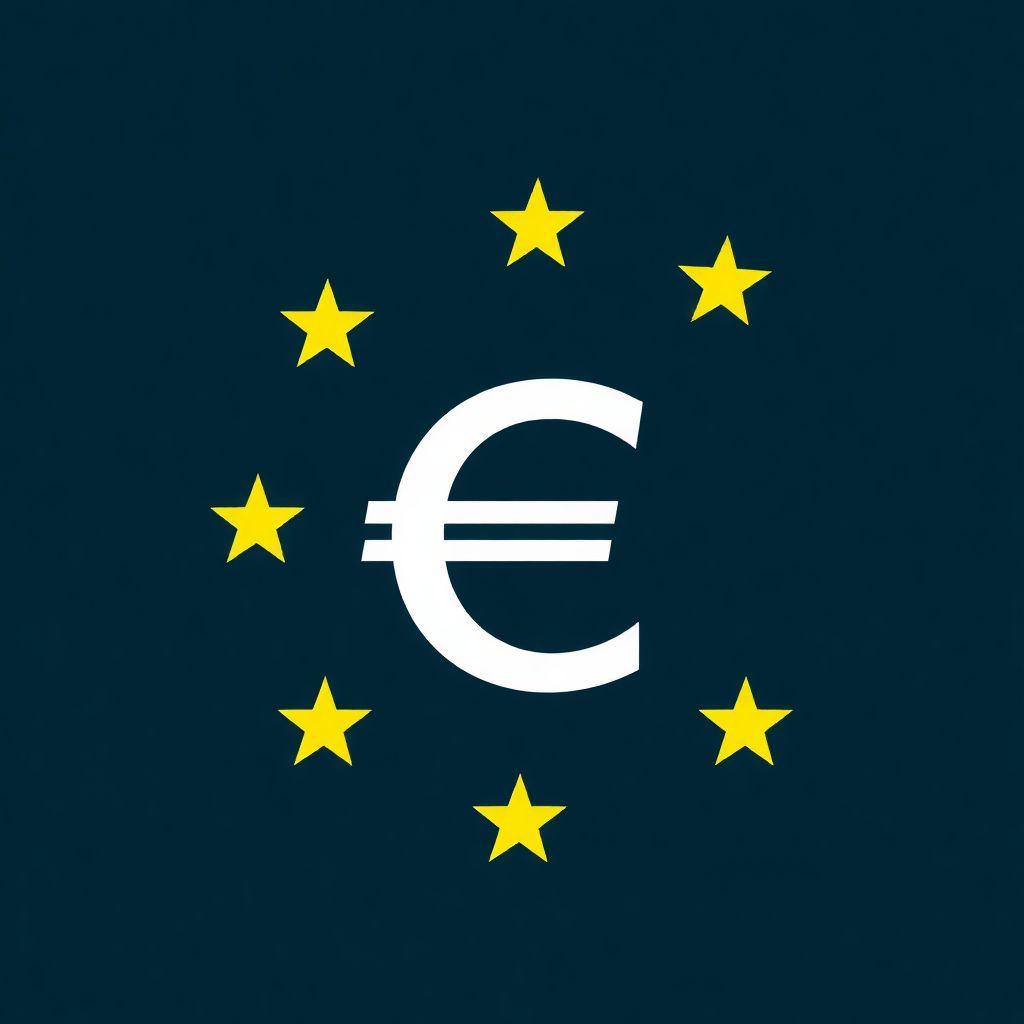Italian financial institutions have voiced strong support for the European Central Bank’s (ECB) digital euro initiative, viewing it as a critical step toward achieving digital and monetary sovereignty within the Eurozone. However, they are urging the ECB to distribute the implementation costs over several years to avoid overburdening the sector financially.
Marco Elio Rottigni, General Manager of the Italian Banking Association (ABI), emphasized during a recent press event in Florence that while Italy’s banks are committed to the digital euro project, the financial implications cannot be ignored. “We support the idea of a digital euro because it represents a strategic move towards digital independence,” Rottigni stated. “Nevertheless, the investment required is substantial when considering the capital expenditures banks are already managing. This cost should be distributed more gradually.”
The ECB has outlined a roadmap for the digital euro, with a pilot phase scheduled for 2027 and a full-scale deployment tentatively planned for 2029. The progression to this next phase was approved at the ECB Governing Council meeting held in Florence from October 29 to 30, signaling a transition from preparatory research to practical testing.
While Italian banks are on board, their counterparts in France and Germany have expressed reservations. Concerns center around the ECB’s proposed retail digital wallet, which some fear could divert customer deposits away from traditional commercial banks, undermining their liquidity and financial autonomy.
Italian stakeholders, however, appear more optimistic. Rottigni advocated for a “dual-track” strategy that allows the ECB’s digital euro to coexist with commercially backed digital currencies, potentially offering a more balanced and competitive financial ecosystem. He stressed the importance of not falling behind global trends in digital finance.
In parallel with its preparations, the ECB has signed agreements with seven technology firms tasked with developing the necessary infrastructure for the digital euro. These partnerships cover areas such as fraud detection, secure data handling, and advanced payment software. Among the selected companies are Feedzai, known for its expertise in fraud prevention, and Giesecke+Devrient, a leading provider of security solutions.
The digital euro is expected to include features like “alias lookup,” which allows users to send or receive payments without needing to know the recipient’s payment service provider. Such functionality aims to make digital transactions more user-friendly and secure. Additionally, offline capabilities are being developed to ensure the payment system remains accessible even without an internet connection—an important factor for inclusiveness and resilience.
The European Parliament is also playing an active role in shaping the project’s future. Lawmakers are currently reviewing the proposal, with a draft report suggesting a scaled-back version to avoid disrupting existing private payment systems, such as Wero—a collaborative platform developed by 14 European banks.
The debate over the digital euro’s scope reflects broader concerns about balancing innovation with financial stability. While central bank digital currencies (CBDCs) promise increased efficiency, security, and financial inclusion, they also raise questions about data privacy, monetary control, and the role of commercial banks in a digitally transformed economy.
For Italy, the digital euro offers both opportunities and challenges. On one hand, it could enhance the country’s digital infrastructure, reduce transaction costs, and increase financial transparency. On the other, it requires significant investment and poses competitive pressures on traditional banking models. Italian banks are therefore seeking clarity and assurances that their role in the evolving financial landscape will be preserved and supported.
The call to stagger implementation costs is not merely a plea for financial relief—it underscores a desire for collaboration between regulators and industry players. A phased funding approach would enable banks to plan strategically, invest in the necessary infrastructure, and ensure customer readiness without compromising their stability.
Moreover, the introduction of a digital euro could stimulate innovation within Italy’s banking sector. By modernizing legacy systems and embracing fintech partnerships, banks could develop new services that leverage the CBDC’s capabilities, such as programmable payments, real-time settlement, and cross-border transaction efficiency.
There is also a geopolitical dimension to the digital euro. As global powers like China and the United States make strides in digital currency development, Europe faces increasing pressure to remain competitive. A successfully implemented digital euro could reinforce the euro’s global standing and reduce dependency on foreign payment systems.
From a consumer perspective, the digital euro holds promise for greater convenience, faster transactions, and potentially lower fees. However, public trust will be crucial. Ensuring that the currency is secure, private, and easily accessible will be essential to driving adoption across diverse demographic and economic groups.
In conclusion, while Italian banks are aligned with the ECB’s vision of a digital euro as a symbol of European digital sovereignty, they are advocating for a practical and sustainable implementation strategy. By spreading out the costs and fostering synergy between public and private initiatives, Europe can build a robust and inclusive digital financial future.

